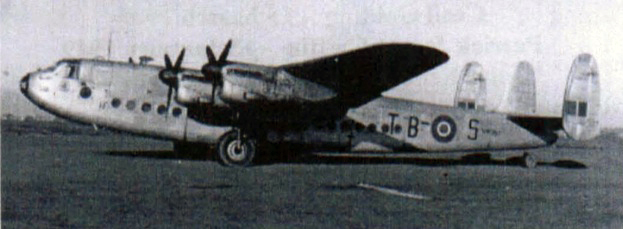Crash of an Avro 685 York C.1 in Berlin
Date & Time:
Dec 14, 1948
Registration:
MW300
Survivors:
Yes
Schedule:
Berlin – Abingdon
MSN:
SET32
YOM:
1946
Crew on board:
4
Crew fatalities:
Pax on board:
0
Pax fatalities:
Other fatalities:
Total fatalities:
0
Circumstances:
During the takeoff roll completed in strong cross winds, the aircraft lost directional control, veered off runway, lost its undercarriage and came to rest. All four crew members were unhurt while the aircraft was damaged beyond repair.


